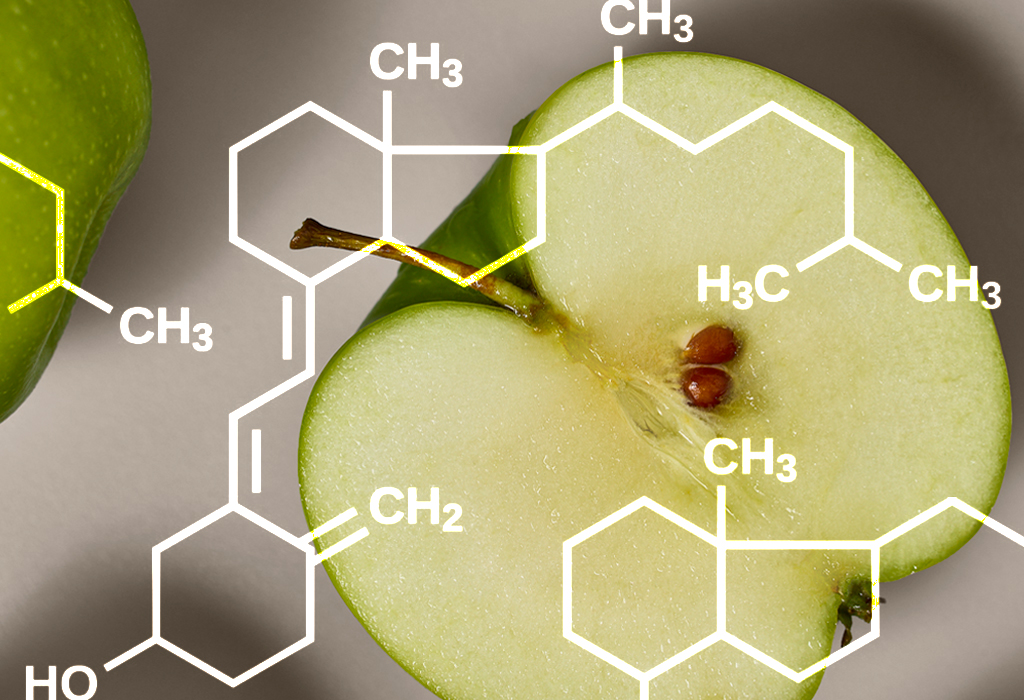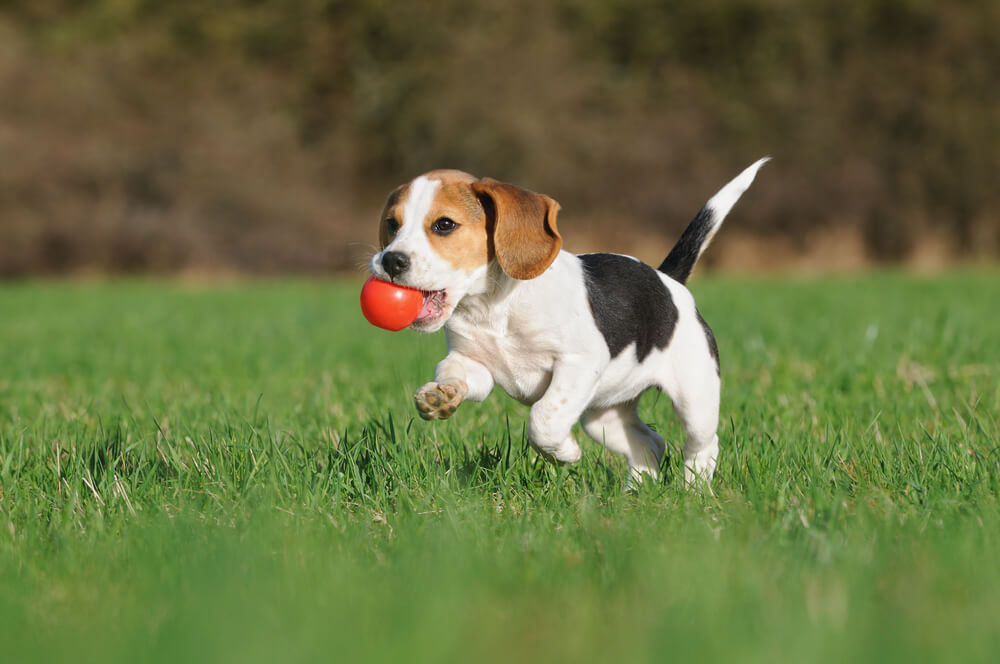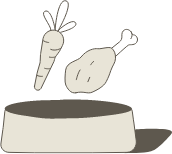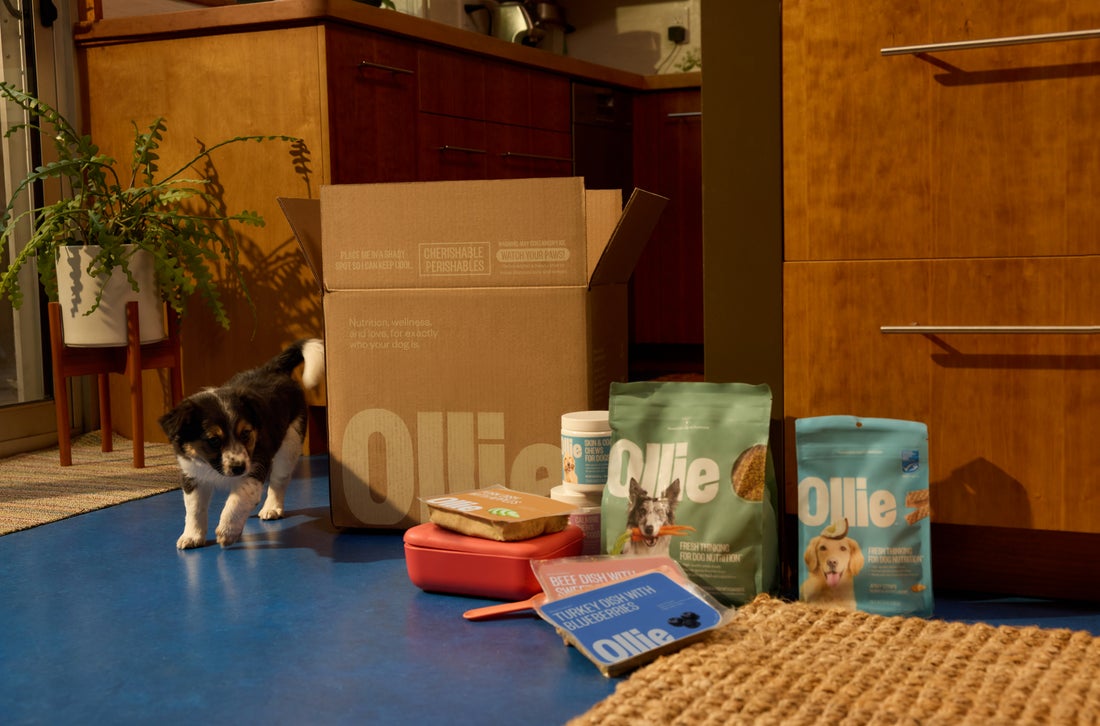Hey Ollie blog readers! We’re offering you an exclusive 60% OFF your starter box! Try now!
When scanning the ingredient list on your dog’s food, you will undoubtedly find words that sound more scientific than they do appetizing. However, if it’s Ollie’s human-grade recipes that you’re studying, you can rest assured that those vitamins and minerals are in there for a reason: to provide your dog with the best possible nutrition.
It’s 2025, and the bar for canine nutrition is still woefully low, which means “meeting standards” is hardly something for dog food brands to pat themselves on the back about. That’s why at Ollie, we strive for more than just checking the box. When developing a new recipe or fine-tuning our current formulas, our team of food scientists, engineers, and veterinary professionals is looking for new ways to provide maximum nutrition in the form of simple, straightforward meals. In order to deliver on this promise, we add essential vitamins, minerals, and trace nutrients to round out the high-quality meat, fruit, vegetables, and grains at the heart of every recipe. The result is a complete nutritional profile tailored to the unique needs of dogs that well exceeds AFFCO minimums and industry standards.
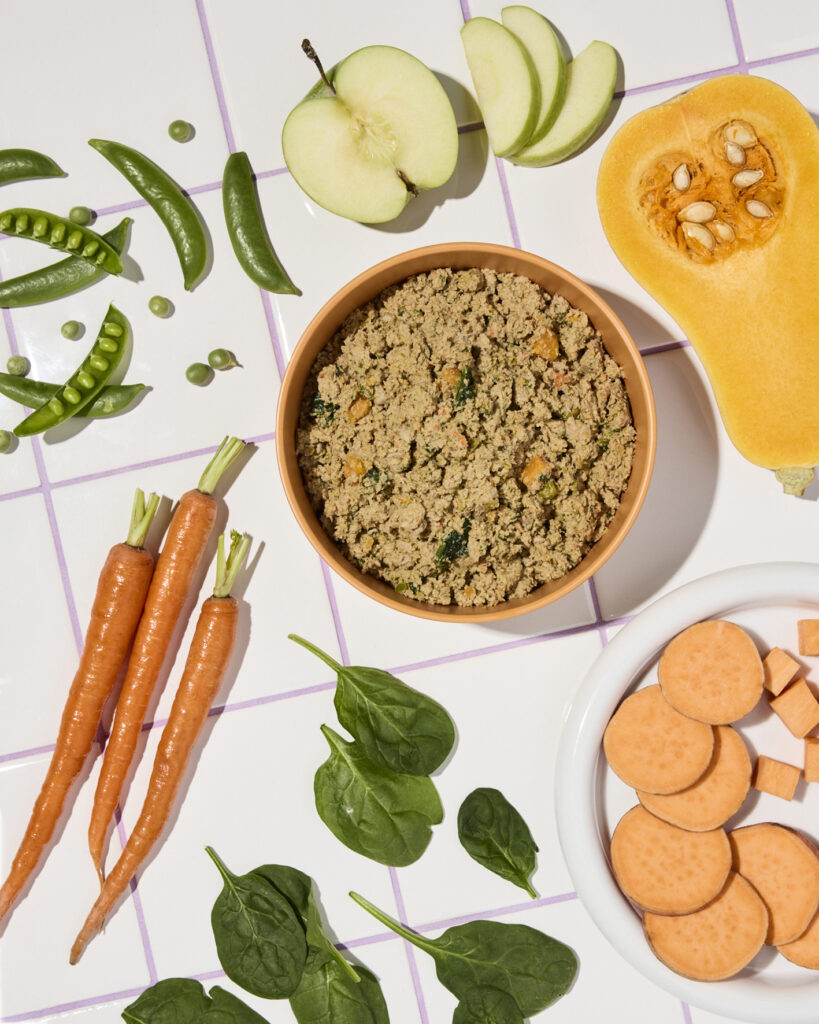
So, what are some of these micronutrients, and what do they actually bring to the table when it comes to your dog’s nutritional needs? Let’s unpack them one by one.
- Copper Amino Acid Chelate
Copper supports red blood cell formation, iron metabolism, and connective tissue development. Copper is only needed in trace amounts, but deficiency can result in anemia, poor growth, and pigment loss in hair or fur. - Ferrous Sulphate
Ferrous sulfate supplies iron, which is essential for hemoglobin production and oxygen transport in red blood cells. Iron deficiency can cause anemia, fatigue, and poor growth in dogs. - Manganese Amino Acid Chelate
Manganese is important for bone formation, carbohydrate metabolism, and antioxidant enzyme function. It supports joint health and may help prevent orthopedic issues, especially in large-breed dogs. - Potassium Iodide
Potassium Iodide is a source of iodine, which is necessary for thyroid hormone production and regulates metabolism. Iodine deficiency can lead to hypothyroidism, which affects energy levels, weight, and coat health. - Riboflavin (Vitamin B2)
Vitamin B2 supports energy metabolism, cellular function, and skin health. It is essential for converting food into energy and maintaining healthy eyes and skin. A deficiency in Vitamin B2 could cause weakness and poor growth. - Taurine
Taurine is an amino acid that is essential for heart function, retinal health, and bile salt formation, which helps fat digestion. While dogs can synthesize taurine, some breeds may need additional supplementation. - Thiamine Hydrochloride (Vitamin B1)
Vitamin B1 is critical for carbohydrate metabolism and nervous system function. A deficiency could cause neurological signs, appetite loss, and even seizures in dogs. Thiamine is easily destroyed by heat, so supplementation is critical to ensure adequate intake. - Tricalcium Phosphate
Tricalcium Phosphate is a source of calcium and phosphorus, which are vital for bone and tooth development, nerve transmission, and muscle function. Puppies especially need a precise ratio of calcium to phosphorus to avoid skeletal issues. - Zinc Gluconate
Zinc supports immune function, skin and coat health, and wound healing. Zinc deficiency can lead to skin lesions, dull coat, and immune dysfunction, especially in rapidly growing dogs or breeds with higher zinc requirements.
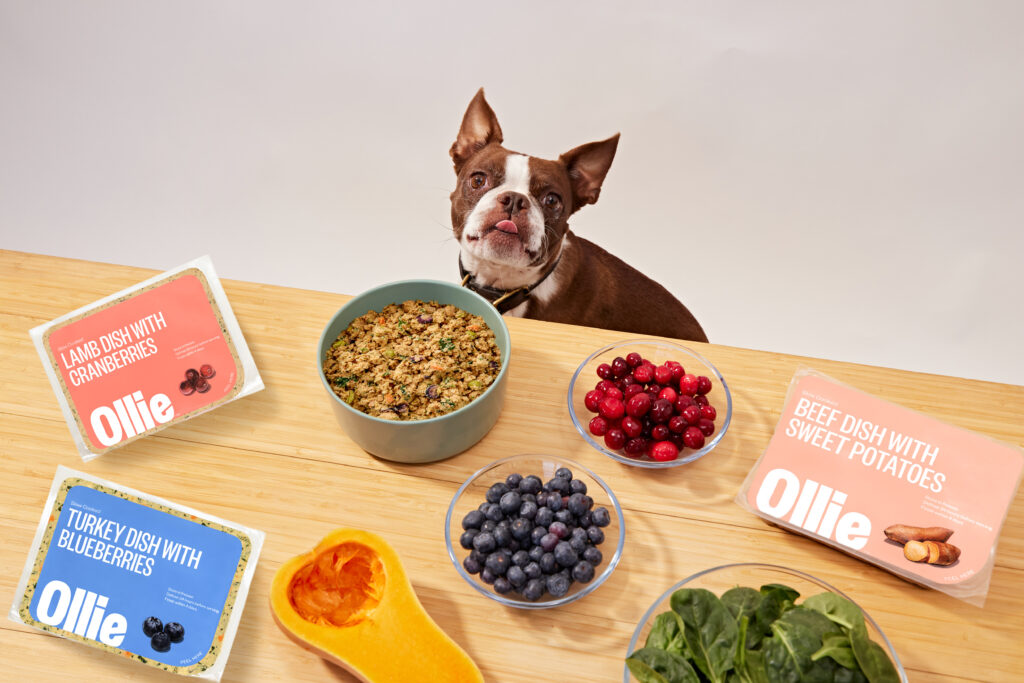
Micronutrient Deficiencies in Dogs
One of the biggest arguments against home-cooking for your dog is the high risk of vitamin and mineral deficiencies or even toxicity if not properly balanced. Both inefficient and excessive nutrient intake can have negative, lasting effects on a dog’s growth and development and overall health, which is why it’s so important to treat your pup’s mealtime like a science, not an art.
At Ollie, we tap into the same whole foods you’d find at home for the majority of your dog’s nutrition, supplementing when necessary to prevent deficiency in dogs of all ages, breeds, and activity levels. Our Science team has over 130 years of combined experience and put it to work to ensure every recipe is formulated to provide all of the essential vitamins and minerals needed, so you never have to guess if your dog is getting the right amount of zinc, or vitamin B2, or potassium — it’s all there on the label.
Tagged As:
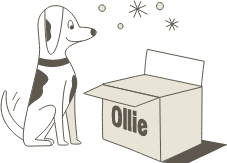
The nutrition your dog needs,
the food they want.

Enjoying our articles? Subscribe our Newsletters and get new articles directly to your inbox
You might also like
30 July 2025
3 MINS READ
The Poop Scoop: Your Dog Digestion Questions Answered
As pup parents, we spend a lot of time handling dog poop, and as a key indicator of a dog’s health, it’s only fitting that we think and talk about it just as much. Unfortunately, what happens …
23 June 2025
7 MINS READ
Can All Dog Breeds Eat Fresh Dog Food?
Every dog is different, but here’s the good news: with the right approach, fresh food can work for every breed. Whether you’ve got a couch-loving French Bulldog or a high-energy Border Coll…
by Ollie Pets
23 June 2025
7 MINS READ
How Do I Transition My Dog To Fresh Food?
Making the switch to fresh food is one of the best things you can do for your dog’s health, but it’s not something you want to rush. Even if your pup is excited about their new meals, their di…
by Ollie Pets
